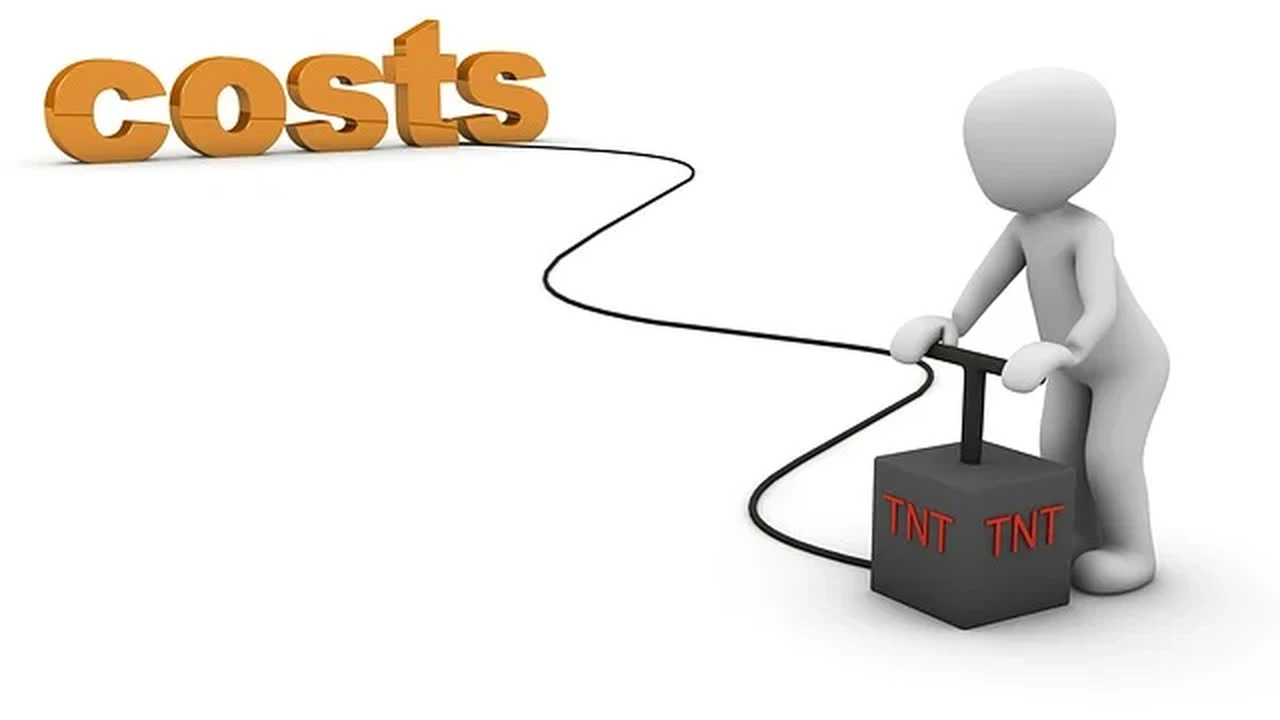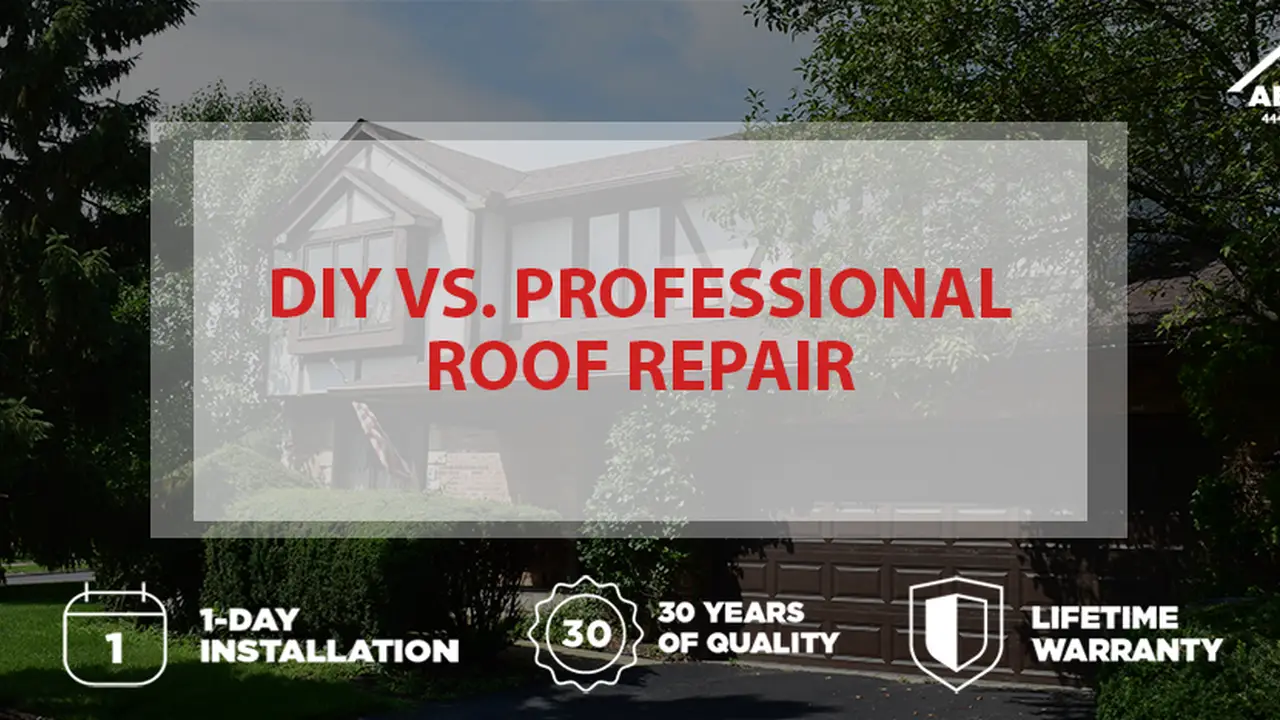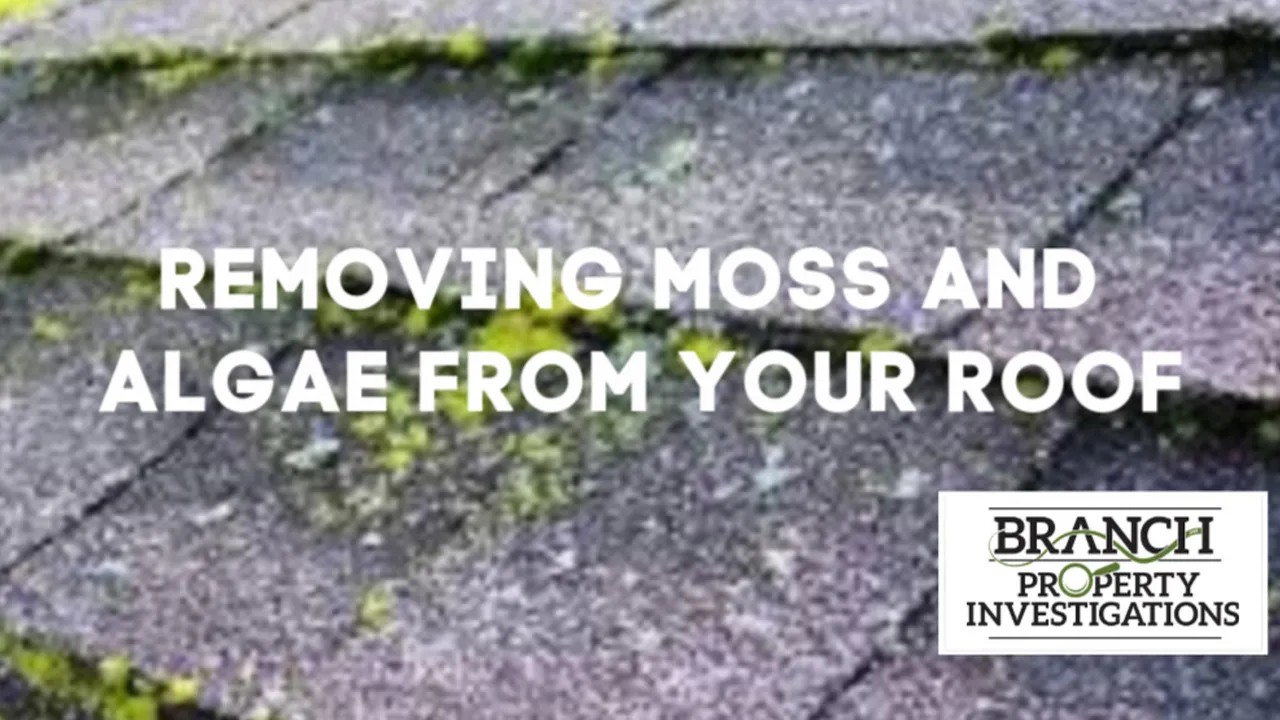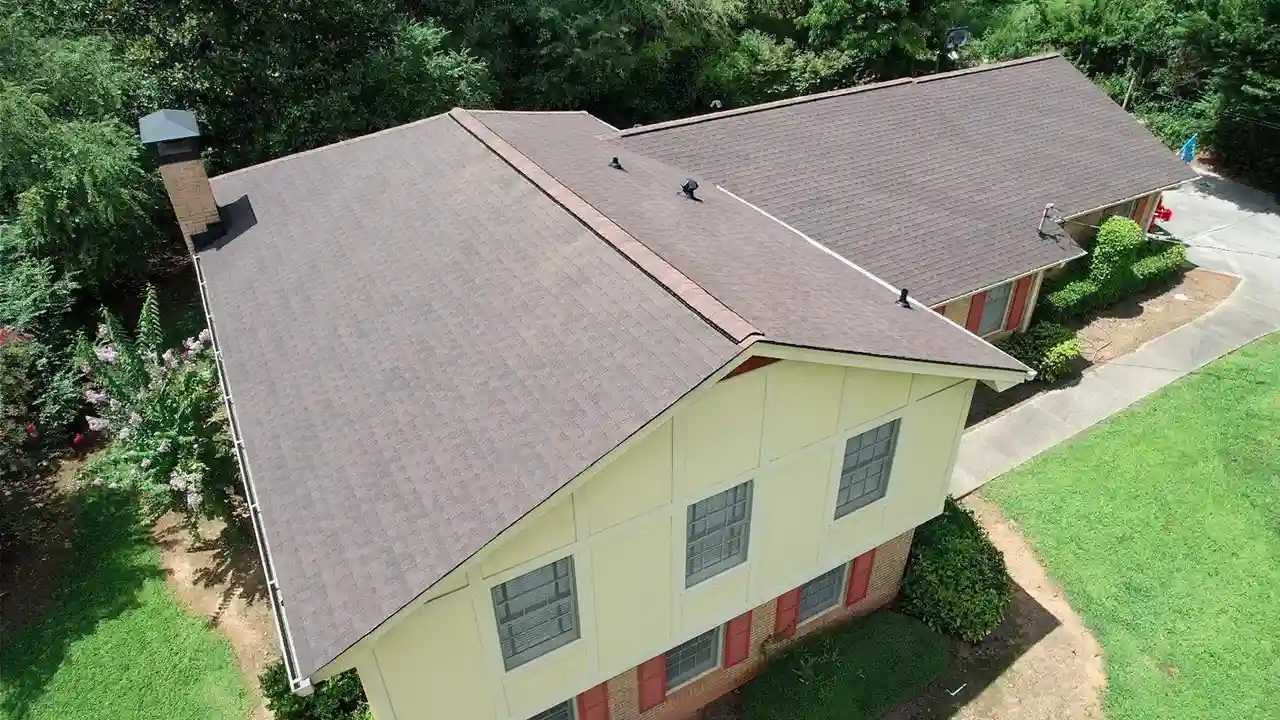Adapting Roofing for Climate Change Impacts
Strategies for adapting roofing systems to cope with the increasing impacts of climate change, including extreme weather.
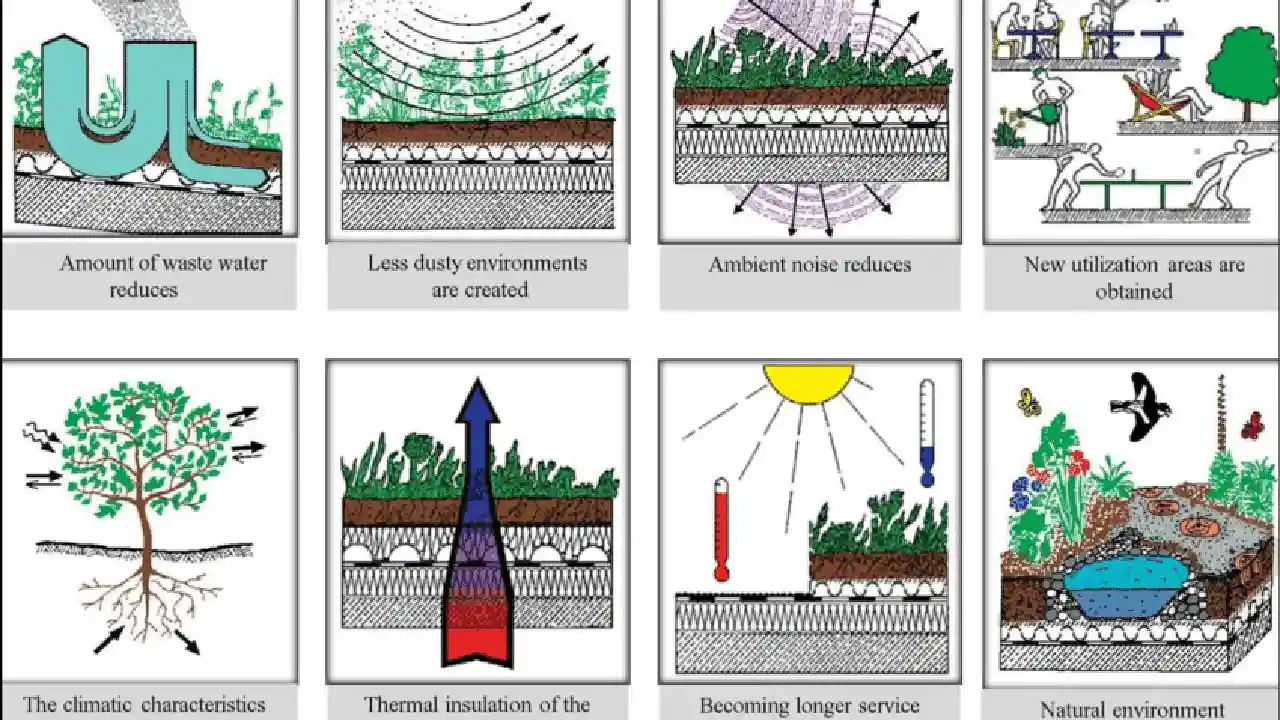
Strategies for adapting roofing systems to cope with the increasing impacts of climate change, including extreme weather.
Adapting Roofing for Climate Change Impacts
Hey there, homeowners and building pros! Let's talk about something super important that's affecting all of us: climate change. It's not just about polar bears anymore; it's about how we build and protect our homes, especially our roofs. Our roofs are the first line of defense against the elements, and with climate change bringing more extreme weather – think stronger storms, heavier rainfall, intense heatwaves, and even unexpected cold snaps – traditional roofing might not cut it anymore. This isn't just a problem for new builds; if you've got an existing home, you need to think about how to upgrade your roof to stand up to what's coming. We're going to dive deep into strategies for adapting roofing systems to cope with these increasing impacts, looking at everything from material choices to innovative technologies. Get ready to future-proof your roof!
Understanding Climate Change Effects on Roofing Systems
First off, let's break down exactly how climate change is messing with our roofs. It's not just one thing; it's a whole cocktail of environmental shifts. We're seeing more frequent and intense storms, which means higher winds, more hail, and torrential downpours. Then there's the heat – prolonged heatwaves can bake your roof, accelerating material degradation. On the flip side, some regions are experiencing more severe cold and freeze-thaw cycles, which can also be brutal on roofing materials. Increased UV radiation is another silent killer, breaking down materials over time. And let's not forget about wildfires, which are becoming a bigger threat in many areas. Each of these factors puts unique stresses on your roof, demanding a more resilient and adaptable approach to roofing design and material selection.
Resilient Roofing Materials for Extreme Weather
When it comes to battling extreme weather, your choice of material is paramount. Forget about just picking the cheapest option; you need materials that are built to last and perform under pressure. Here are some top contenders:
Metal Roofing Durability and Longevity
Metal roofs are quickly becoming a go-to for climate resilience, and for good reason. They're incredibly durable, offering excellent resistance to high winds, hail, and fire. Plus, many metal roofs are coated with reflective paints, making them fantastic for hot climates by reducing heat absorption. They also have a much longer lifespan than traditional asphalt shingles, often lasting 50 years or more. Think about standing seam metal roofs, which offer superior wind resistance due to their interlocking panels and concealed fasteners. Brands like Berridge Manufacturing and Fabral offer a wide range of metal roofing systems, from standing seam to metal shingles, with various finishes and colors. For a typical residential installation, you might be looking at anywhere from $8 to $15 per square foot, depending on the type of metal and complexity of the roof. While the upfront cost is higher than asphalt, the longevity and reduced maintenance often make it a more cost-effective choice in the long run, especially in areas prone to severe weather.
Impact Resistant Shingles Hail and Wind Protection
If you're in an area prone to hail or high winds but prefer the look of traditional shingles, impact-resistant asphalt shingles are a game-changer. These shingles are designed to withstand significant impact without cracking or breaking, often achieving a Class 4 impact resistance rating (the highest available). They typically incorporate a polymer-modified asphalt or a reinforced mat. Brands like GAF Timberline AS II and Owens Corning Duration FLEX are excellent choices. GAF's Timberline AS II, for example, uses a proprietary SBS polymer modification that makes the shingle more flexible and durable, allowing it to absorb impact without damage. Owens Corning's Duration FLEX also uses an SBS polymer for enhanced flexibility and impact resistance. These shingles might cost 15-25% more than standard architectural shingles, but the peace of mind and potential insurance premium reductions (some insurers offer discounts for Class 4 roofs) can be well worth it. Installation costs are similar to regular asphalt shingles, typically ranging from $4 to $8 per square foot.
Synthetic Roofing Materials Advanced Performance
Synthetic roofing materials, often made from recycled plastics and rubber, are another fantastic option for climate adaptation. They can mimic the look of slate, wood shake, or tile but offer superior performance in terms of durability, impact resistance, and fire resistance. They're also lightweight, which can be a benefit for older structures. Brands like DaVinci Roofscapes and CeDUR offer synthetic slate and shake products that are virtually impervious to hail, high winds, and UV degradation. DaVinci Roofscapes' products, for instance, are Class A fire rated, Class 4 impact rated, and can withstand winds up to 110 mph. CeDUR's synthetic shakes are also highly durable and fire-resistant. These materials are generally in the higher price range, often comparable to or exceeding natural slate or cedar, costing anywhere from $10 to $20+ per square foot installed. However, their extreme longevity (often 50+ years) and minimal maintenance requirements make them a smart investment for long-term climate resilience.
Clay and Concrete Tiles Thermal Mass and Durability
Especially popular in hot climates and Southeast Asia, clay and concrete tiles offer excellent thermal mass, which helps to keep interiors cool by slowing down heat transfer. They are also incredibly durable, fire-resistant, and can withstand high winds when properly installed. While heavy, their longevity is unmatched, often lasting 100 years or more. Brands like Eagle Roofing Products (concrete tiles) and Ludowici Roof Tile (clay tiles) are well-regarded. Eagle's concrete tiles come in a vast array of profiles and colors, offering both aesthetic appeal and robust protection. Ludowici's clay tiles are known for their artisanal quality and extreme durability. The cost for tile roofing can vary widely, from $8 to $25+ per square foot installed, largely depending on the type of tile, its origin, and the complexity of the roof structure needed to support the weight. Their natural resistance to rot, insects, and fire makes them a strong contender for climate-resilient roofing.
Advanced Roofing Technologies for Climate Resilience
Beyond just materials, technology is playing a huge role in making roofs smarter and more resilient. These innovations can significantly enhance your roof's ability to cope with climate change impacts.
Cool Roof Technology Energy Efficiency in Heatwaves
Cool roofs are designed to reflect more sunlight and absorb less heat than standard roofs. This is a massive benefit in hot climates, as it reduces the amount of heat transferred into your home, lowering cooling costs and reducing the urban heat island effect. Cool roofs can be made from various materials, including metal, tiles, and even specially coated asphalt shingles. The key is their high solar reflectance and thermal emittance. Products like GAF EverGuard Extreme TPO for low-slope roofs or reflective coatings from companies like KST Coatings can transform an existing roof into a cool roof. For residential pitched roofs, certain light-colored or specially coated asphalt shingles (e.g., CertainTeed Landmark Solaris) qualify as cool roofs. The cost of cool roof coatings can range from $1 to $3 per square foot, while cool roof shingles might add 10-20% to the cost of standard shingles. The energy savings, however, can be substantial, often paying for themselves over time.
Solar Integrated Roofing Systems Sustainable Power
Why just protect your home when your roof can also power it? Solar integrated roofing systems (BIPV - Building Integrated Photovoltaics) combine solar energy generation directly into the roofing material itself, rather than having bulky panels mounted on top. This offers a sleek aesthetic and dual functionality. Brands like Tesla Solar Roof and GAF Energy Timberline Solar are leading the charge here. Tesla's Solar Roof consists of solar tiles that look like traditional roofing materials, while GAF Energy's Timberline Solar integrates thin-film solar technology directly into their popular Timberline shingles. The cost for these systems is higher than traditional roofing, often ranging from $20 to $30+ per square square foot, but they generate electricity, significantly reducing or even eliminating your electricity bill. Plus, government incentives and tax credits for solar can help offset the initial investment. This is a fantastic way to make your home more resilient to power outages and reduce your carbon footprint.
Smart Roof Sensors and Monitoring Predictive Maintenance
Imagine a roof that can tell you it has a problem before you even notice a leak. That's the promise of smart roof sensors and monitoring systems. These systems can detect moisture intrusion, temperature fluctuations, and even structural stress, providing real-time data to homeowners and building managers. Companies like Roof Monitor offer wireless sensor networks that can be installed under your roofing membrane to detect leaks early. Other systems might monitor wind uplift or even snow load. While still a niche market for residential homes, these technologies are becoming more accessible. The cost can vary widely depending on the sophistication of the system, but a basic leak detection system might start from a few hundred dollars. For commercial buildings, more comprehensive systems can run into thousands. The benefit is proactive maintenance, preventing minor issues from becoming costly disasters, especially in unpredictable weather.
Advanced Waterproofing and Underlayment Systems Enhanced Protection
The underbelly of your roof is just as important as the visible surface. Advanced waterproofing and underlayment systems provide an extra layer of protection against water intrusion, especially crucial during heavy rainfall and ice damming. Synthetic underlayments, which are more durable and water-resistant than traditional felt, are a must. Products like Titanium UDL from InterWrap or IKO StormShield Ice & Water Protector are excellent examples. Ice and water shield membranes, applied to vulnerable areas like eaves, valleys, and around penetrations, create a watertight seal. These materials are typically installed beneath your primary roofing material. The cost for high-quality synthetic underlayment is usually around $0.50 to $1.50 per square foot, while ice and water shield can range from $1.50 to $3.00 per square foot. This relatively small investment can prevent catastrophic water damage, which is a growing concern with increased storm intensity.
Designing for Climate Resilience Roof Structure and Ventilation
It's not just about the materials; how your roof is designed and built also plays a critical role in its resilience.
Optimized Roof Pitch and Drainage Efficient Water Shedding
For areas experiencing increased rainfall, optimizing your roof's pitch and ensuring efficient drainage are crucial. A steeper pitch generally sheds water more effectively, reducing the chance of standing water and leaks. Proper gutter and downspout systems are also essential, and in some cases, oversized gutters or additional downspouts might be necessary to handle heavier rain events. Consider integrated gutter systems that are less prone to clogging and damage. The cost for gutter upgrades can range from a few hundred to a few thousand dollars, depending on the size of your home and the materials chosen. This is a relatively low-cost adaptation that can prevent significant water damage.
Enhanced Roof Ventilation Preventing Moisture and Heat Buildup
Good roof ventilation is always important, but it becomes even more critical with climate change. In hot climates, proper ventilation helps dissipate heat from the attic, reducing cooling loads and preventing premature aging of roofing materials. In colder climates, it helps prevent moisture buildup and ice dam formation. A balanced ventilation system, with adequate intake and exhaust vents, is key. Products like Owens Corning VentSure Ridge Vents or Lomanco Whirlybird Turbines can significantly improve attic airflow. The cost for improving ventilation can range from a few hundred to a couple of thousand dollars, depending on the extent of the work. This investment protects your roof and your home's energy efficiency.
Reinforced Roof Decking and Fastening Systems Wind Resistance
To withstand stronger winds, your roof needs a solid foundation. This means ensuring your roof decking is securely fastened to the rafters or trusses, and that your roofing materials are properly attached. Using longer fasteners, more fasteners per shingle, or specialized wind-resistant fastening patterns can make a huge difference. For new construction or major renovations, consider using thicker plywood or OSB for the roof deck. In hurricane-prone areas, specific building codes often mandate enhanced fastening schedules and even hurricane clips to tie the roof structure more securely to the walls. The cost for these reinforcements is often built into the overall roofing project, but it's a critical component for wind resilience.
Maintenance and Monitoring for Long-Term Resilience
Even the most resilient roof needs ongoing care. Regular maintenance and proactive monitoring are your best friends in the face of changing climate conditions.
Regular Roof Inspections Early Detection of Issues
Don't wait for a leak to appear! Regular roof inspections, ideally twice a year (spring and fall) and after any major storm, are crucial. Look for missing or damaged shingles, cracked caulk, clogged gutters, and any signs of wear and tear. Consider hiring a professional roofing contractor for a thorough inspection, as they can spot subtle issues you might miss. Early detection and repair of minor problems can prevent them from escalating into costly disasters. A professional roof inspection typically costs between $100 and $300, a small price to pay for peace of mind.
Gutter and Drainage System Maintenance Preventing Water Damage
Your gutters and downspouts are vital for directing water away from your roof and foundation. Keep them clean and free of debris. In areas with heavy rainfall, consider installing gutter guards to prevent clogging. Ensure downspouts extend far enough away from your home's foundation. If your current system struggles with heavy rains, consider upgrading to larger gutters or adding more downspouts. The cost of gutter cleaning is usually $100-$250, while installing gutter guards can range from $5 to $15 per linear foot. This simple maintenance can prevent significant water damage to your roof, fascia, and foundation.
Vegetation Management Reducing Fire and Moisture Risks
Keep trees and shrubs trimmed away from your roof. Overhanging branches can scratch and damage roofing materials, drop debris that clogs gutters, and provide pathways for pests. In wildfire-prone areas, maintaining a defensible space around your home, including keeping your roof clear of leaves and pine needles, is absolutely critical. This reduces the risk of embers igniting your roof. The cost of tree trimming varies widely but is a necessary part of home maintenance, especially for fire and moisture prevention.
Future-Proofing Your Home One Roof at a Time
Adapting your roofing system for climate change isn't just about protecting your investment; it's about ensuring the safety and comfort of your home for decades to come. By choosing resilient materials, embracing advanced technologies, optimizing your roof's design, and committing to regular maintenance, you can build a roof that stands strong against whatever Mother Nature throws its way. It's a proactive approach that pays dividends in peace of mind, reduced repair costs, and a more sustainable home. So, let's get those roofs ready for the future!
:max_bytes(150000):strip_icc()/277019-baked-pork-chops-with-cream-of-mushroom-soup-DDMFS-beauty-4x3-BG-7505-5762b731cf30447d9cbbbbbf387beafa.jpg)



